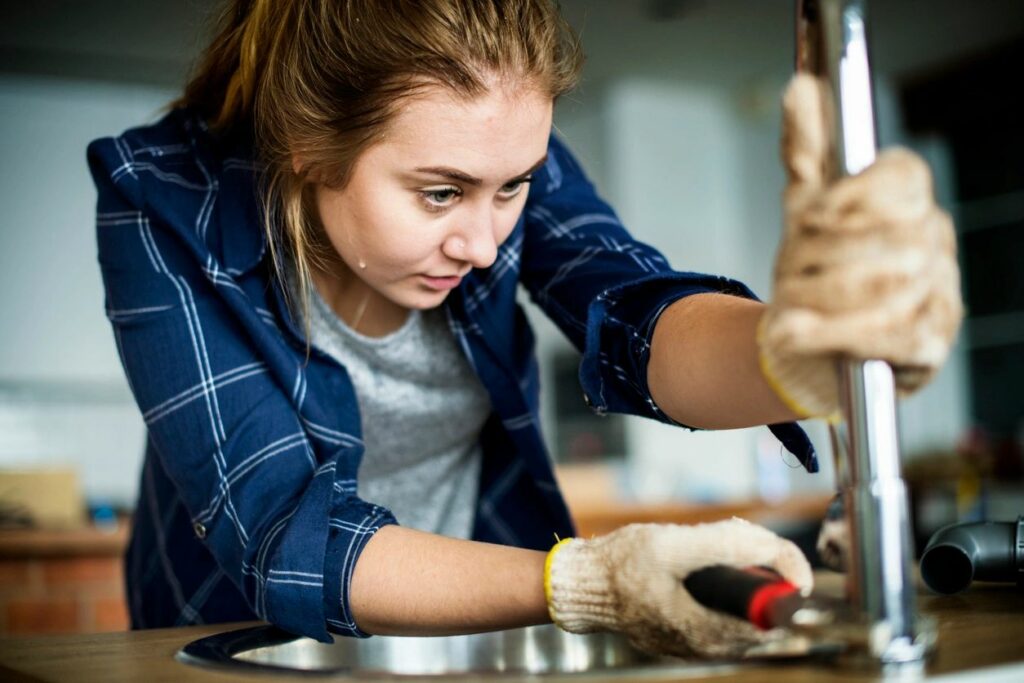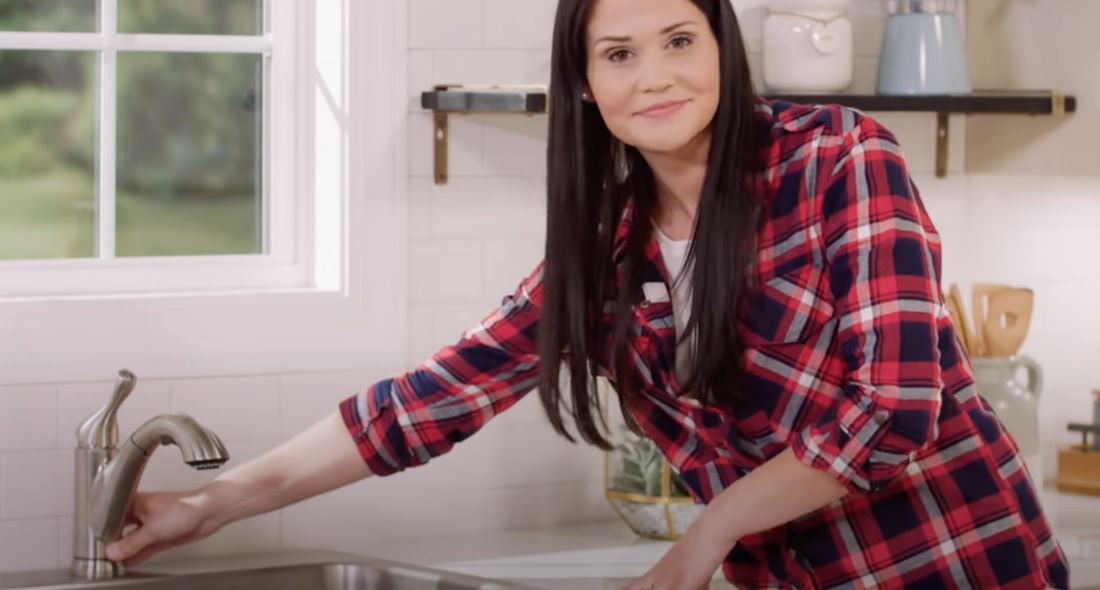Which It's Needed to Address a Leaking Faucet
Which It's Needed to Address a Leaking Faucet
Blog Article
Everybody will have their own individual way of thinking on the subject of Water Dripping from Faucet: Why and How to Fix.

Leaking taps might appear like a small inconvenience, yet their impact surpasses just the aggravation of the noise. From wasting water to incurring unneeded monetary expenses and health and wellness threats, disregarding a dripping tap can cause various repercussions. In this write-up, we'll look into why it's crucial to resolve this typical home issue quickly and properly.
Wastage of Water
Environmental Impact
Leaking faucets contribute significantly to water waste. According to the Environmental Protection Agency (EPA), a solitary tap dripping at one drip per secondly can waste more than 3,000 gallons of water annually. This not just pressures water sources however additionally influences ecosystems and wild animals dependent on them.
Step-by-Step Overview to Repairing a Dripping Faucet
Devices Called for
Prior to attempting to take care of a leaking tap, gather the necessary devices, consisting of a flexible wrench, screwdrivers, replacement parts (such as washers or cartridges), and plumber's tape.
Usual Tap Issues and Their Solutions
Recognize the sort of faucet and the particular issue creating the drip. Common problems consist of damaged washing machines, corroded valve seats, or defective O-rings. Refer to supplier guidelines or online tutorials for detailed support on repairs.
Financial Expenses
Enhanced Water Costs
Past the environmental effect, dripping taps can blow up water expenses substantially. The collected wastage gradually converts into higher utility expenditures, which might have been prevented with prompt repairs.
Prospective Property Damages
In addition, prolonged trickling can cause harm to fixtures and surface areas bordering the faucet. Water buildup can trigger discoloration, corrosion, and even architectural issues if left neglected, leading to extra repair work costs.
Wellness Issues
Mold And Mildew and Mildew Growth
The continuous existence of wetness from a trickling tap develops an excellent atmosphere for mold and mildew and mildew growth. These fungis not only compromise indoor air top quality but also posture health and wellness dangers, particularly for people with breathing conditions or allergic reactions.
Waterborne Diseases
Stationary water in dripping taps can come to be a breeding ground for germs and other microorganisms, raising the risk of waterborne conditions. Impurities such as Legionella microorganisms flourish in stagnant water, possibly causing serious diseases when consumed or breathed in.
DIY vs. Specialist Repair work
Pros and Cons of Do It Yourself Repair Work
While some might attempt to deal with a leaking faucet themselves, do it yourself repair services feature their own collection of difficulties. Without proper understanding and devices, DIY efforts can aggravate the issue or bring about incomplete fixings, prolonging the trouble.
Benefits of Hiring a Specialist Plumber
Working with an expert plumber guarantees that the underlying reason for the trickling faucet is resolved efficiently. Plumbers have the expertise and devices to detect and fix faucet concerns efficiently, conserving time and reducing the danger of additional damages.
Ecological Obligation
Private Contribution to Preservation
Taking obligation for dealing with dripping faucets aligns with more comprehensive efforts toward water conservation and ecological sustainability. Every individual's actions jointly make a significant influence on preserving priceless sources.
Sustainable Living Practices
By prioritizing punctual repair services and embracing water-saving routines, individuals contribute to lasting living methods that benefit both present and future generations.
Preventive Measures
Routine Upkeep Tips
To avoid leaking taps, carry out routine maintenance such as cleaning up aerators, checking for leakages, and replacing worn-out components without delay. In addition, take into consideration installing water-saving gadgets or upgrading to more reliable components.
Relevance of Prompt Repair Works
Addressing trickling taps as soon as they're observed prevents more water wastage and prospective damages, ultimately saving both water and money in the long run.
Effect On Residential Property Worth
Assumption of Well-Maintained Property
Maintaining a residential or commercial property in good condition, consisting of resolving maintenance concerns like leaking taps, improves its perceived worth and desirability among potential customers or lessees.
Impact on Resale Value
Properties with properly maintained plumbing components, consisting of faucets, command higher resale worths in the real estate market. Dealing with trickling taps can add to a positive impact during residential or commercial property assessments and arrangements.
Final thought
Dealing with a trickling faucet surpasses mere convenience; it's a necessary action toward saving water, reducing monetary prices, and securing health and home. Whether via DIY repairs or expert help, doing something about it to take care of trickling faucets is a small yet impactful method to advertise liable stewardship of sources and contribute to a healthier, extra sustainable future.
How to Fix a Leaky Faucet: Step-by-Step Repair Guide
A leaky faucet may seem like a simple annoyance, but if it's not fixed promptly, that leak could cost hundreds to potentially thousands. From water damage to mold, mildew, and high water bills, even a tiny leak can be catastrophic if left unattended. Damage like this can even affect the overall value of your home, so it's important to take the right approach for leaky faucet repair. You may need the help of a plumber in some cases, but we've got a few tips you can try on how to fix a leaky faucet before calling the pros.
Four Faucet Types
When you're learning how to fix a leaky faucet, the first step is knowing what kind of faucet you're working with! There are four common types.
Cartridge Faucets
Cartridge faucets come in one- or two-handled varieties. In one-handled cartridge faucets, hot and cold water combines in a single cartridge. In the two-handled versions, hot and cold water are controlled separately and mixed in the faucet.
Ball Faucets
Ball faucets have a single lever you push up and down to adjust the pressure and rotate to change the temperature. A slotted metal ball controls the amount of water allowed into the spout.
Compression Washer Faucets
They're the oldest type of faucet, but they're still used in many homes — especially older ones. Compression faucets have two separate handles that, when turned, raise or lower the washer that seals a water valve. This valve stops water from flowing through the faucet when it is turned off.
Disc Faucets
Disc faucets rarely need to be repaired due to their maintenance-free design. The water flow is controlled by two discs — the upper one raises and lowers against a fixed lower disc, creating a watertight seal. If your disc faucet starts leaking, you may need to replace the seals or clean residue buildup from the inlets.
Fixing a Leaky Faucet
Step 1: Turn Off the Water
Whether you're learning how to fix a leaky bathtub faucet or how to fix a leaky kitchen faucet, always turn off the water supply to your working area when you're fixing a leak. The last thing you want is a flood added to your list of things to fix.
Look for the shutoff valves below your sink or around the tub and turn them clockwise to stop the water flow. If your faucet doesn't have shutoff valves, you may need to turn off the water for the whole house. Check to make sure it's off by turning the faucet on. If nothing comes out, you're ready to start the repair.
Step 2: Take Apart the Faucet
How you disassemble your faucet depends on the type of fixture you have. You can use a flathead screwdriver to remove the caps on top of the handle or handles for cartridge and compression faucets. Inside, you should see handle screws. Unscrew these with a screwdriver to remove the handle.
Disc- and ball-style faucets will typically have an inlet screw near the handle, and removing that will reveal the interior of the faucet.
Detach the Valve Stem
For cartridge- and compression-style faucets, you'll see the inner valve stem or cartridge once you remove the faucet handles. If you have a compression faucet, unscrew the brass valve stem. If you have a cartridge faucet, pull out the cartridge. If your cartridge has been in place for a while, it may require some tools or extra force to remove it due to mineral deposits.
Examine and Replace Parts
Once you've removed the parts, check them out to confirm what needs to be replaced. You may see corroded rubber washers, O-rings, stems, or cartridges. On a ball-style faucet, check the seats and springs for damage.
If you need to repair a leaky disc faucet, check the inlet and seals on the lower disc.
Once you determine what parts must be replaced, visit your local hardware store. Bring the damaged parts with you to ensure you can purchase the correct components to replace them.
Clean Valves and Faucet Cavity
If you've removed a stem or cartridge, you may notice mineral buildup in the faucet's threads. Use white vinegar to clean the valve seat by soaking it for a few minutes, then scrub it away with a soft toothbrush and rinse with warm water. You can also clean the interior of the faucet in the same way.
Reassemble the Faucet
Once your faucet is cleaned and the required parts have been replaced, it's time to reassemble it. Put the pieces back together and slowly turn the water supply back on. Doing this slowly is crucial because too much initial water pressure can damage the new hardware you've just installed.
https://homewarranty.firstam.com/blog/how-to-fix-leaky-faucet

We had been shown that report on 4 Common Reasons for a Leaky Faucet from someone on a different website. Enjoyed our piece of writing? Please quickly share it. Help another person check it out. Thanks a bunch for being here. Kindly come visit our blog back soon.
Report this page